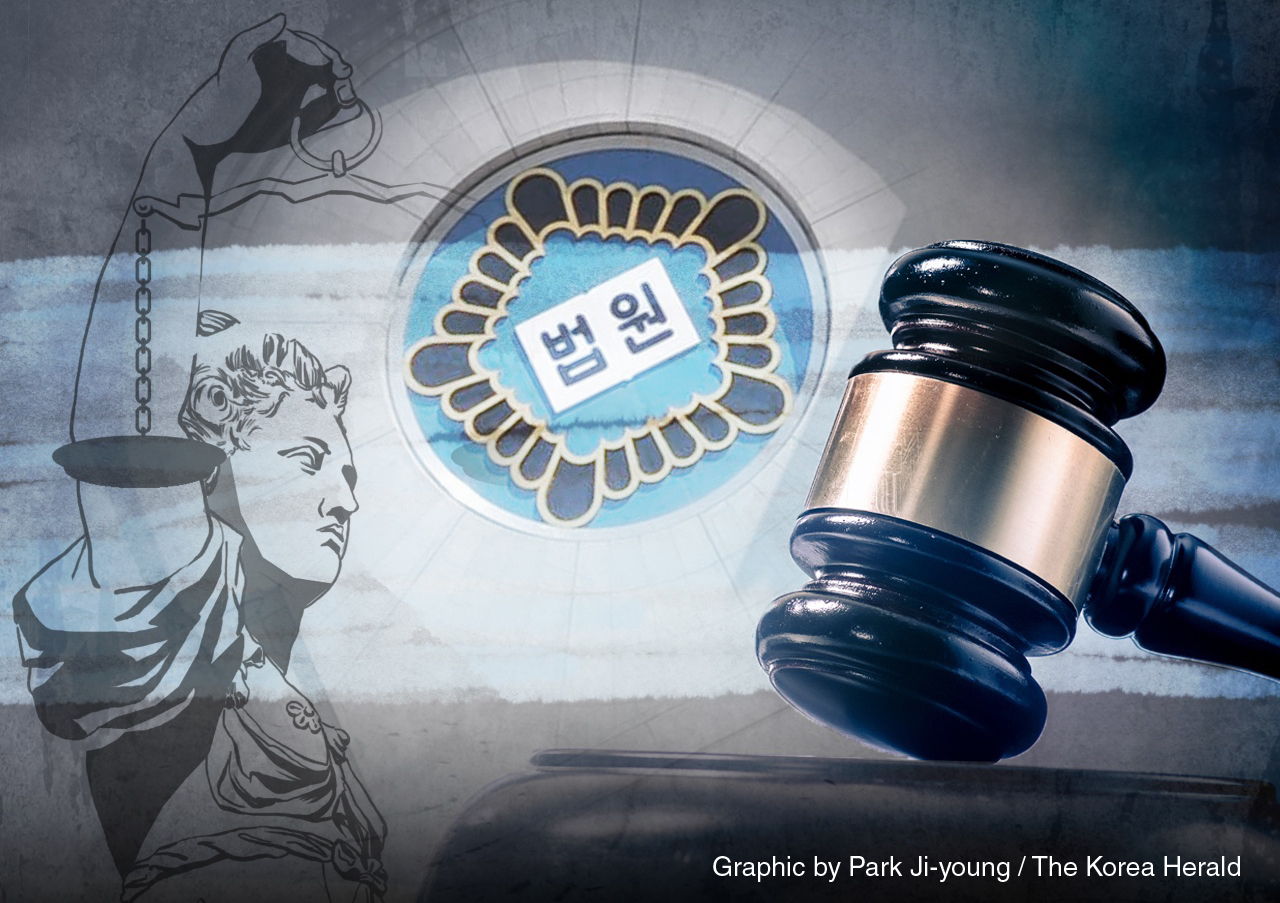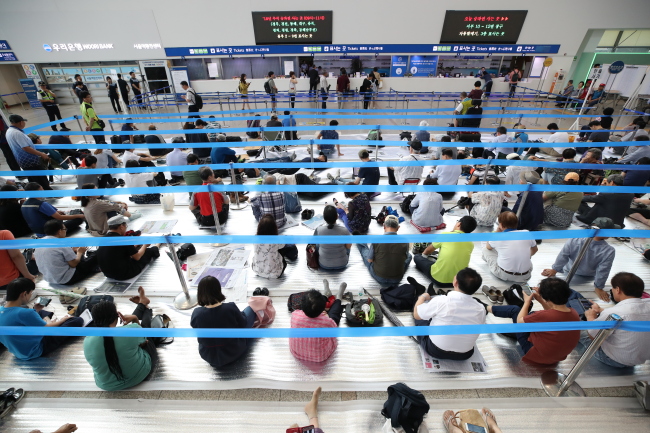President Joe Biden’s recent remark that Vladimir Putin “cannot remain in power” raised plenty of eyebrows internationally. Some wondered: Is Biden calling for regime change here? But historian Mary Elise Sarotte saw it as Biden’s attempt at being realistic—acknowledging that Russia and a newly united NATO “are enemies once again.” On Thursday’s episode of What Next, I spoke with Sarotte, author of the new book Not One Inch: America, Russia, and the Making of Post–Cold War Stalemate, about what led to this sea change and what it means for the future of relations between Russia and the West. This conversation has been condensed and edited for clarity.
Mary Harris: In World War II, Soviets fought alongside the Allied Powers to defeat the Nazis. And when Germany surrendered unconditionally, all of the allies occupied the country, dividing it into Western zones run by the U.S., Britain, and France and an Eastern zone run by the USSR. The city of Berlin was divvied up like this, too. But cooperation between the West and the Soviets was short-lived. The Western allies wanted to put in place democratic structures; the USSR did not. The Western allies were concerned about revving up a market economy; the USSR was not.
Mary Elise Sarotte:Not only are the allies now failing to cooperate, but there’s actually new hostility arising between what is increasingly becoming the Soviet zone and the Western zone, and things just keep going from bad to worse. …
George Kennan, the American diplomat in Moscow, sends what is known as the long telegram, saying there can be no modus vivendi, there can be no live and let live with Moscow. And so you have this profound sea change in American thinking—kind of like the sea change we’re seeing now in European thinking—that in fact we don’t have an old ally, we have a new enemy. And despite the fact that World War II is over, despite the fact that we actually took our troops home, we Americans are actually going to have to go back to Europe and set up this new alliance together with Europeans to defend Western Europe from the Soviet Union.
And the idea is we’re stronger together, right?
Advertisement Advertisement Advertisement AdvertisementYou’re going to be stronger together, and you’re going to give each other Article 5. That’s a guarantee that an attack on one member state will be treated as an attack on all. And that will deter the Soviet Union from entering Western Europe.
After the Berlin Wall fell, NATO went through this rapid evolution. Can you explain what happened?
Yes. So NATO starts out at 12 countries in 1949. But by the end of the Cold War, it’s already enlarged to 16. But once the Berlin Wall comes down and once the Soviet Union collapses, obviously you’re in a new geopolitical situation. And so the big question was, what happens now to European security? Do we give up NATO entirely, since NATO was designed to protect Western Europe from the Soviet Union basically? Can we just say “mission accomplished” and disband?
AdvertisementWas that ever on the table, like, just get rid of it?
It was never on the table for the Americans or for the West Germans who were driving the process. But there were dissidents from Eastern European countries who proposed that. For example, Vaclav Havel, the leader of Czechoslovakia, proposed dissolving all military blocs, NATO and the Soviet Union. Many of these brave dissidents in the peaceful revolution of 1989 in Poland and Czechoslovakia and East Germany, the people who had bravely overthrown Soviet control, many of them were committed pacifists who wanted nomilitary blocs. And there was actually a serious proposal launched by basically people who had gone from prisons to presidencies, when they overthrew Soviet control, to turn all of central and Eastern Europe into a perpetual neutral zone of peace. To dissolve the borders between places like Poland, East Germany, Hungary, Czechoslovakia, demilitarize and denuclearize it, and make it a bridge of peace between East and West forever.
That’s so radical!
Advertisement Advertisement AdvertisementExactly. You can say that’s crazy, but that would have been a new world order.
But didn’t Havel change his mind?
That’s why this is forgotten, because when it becomes apparent that George H.W. Bush feels strongly that the West needs not only to retain NATO, but also to retain its ability to enlarge, there’s going to be a NATO line. So, given that our alternate vision is not going to work, given that another alternate vision for a pan-European security organization is not going to work either, then we want to be on the right side of the line this time. So then the name of the game is to get into NATO, and so Havel changes his mind, and he and the leaders of Poland and of many states then begin actively pressing for membership in NATO.
AdvertisementYou say there’s a type of cycle that begins to play out after the Berlin Wall falls: Eastern bloc countries want to join NATO for protection. The Russian government bristles, and then the U.S. offers financial inducements, and Russia resentfully capitulates. All this started pretty much right away, with the unification of Germany.
Advertisement AdvertisementSo in order for Germany to unify, Moscow had to be convinced to give up both its troops and its legal rights in divided Germany. And so, as part of a speculative early conversation about what it might take to get Moscow to agree to that, James Baker, the American secretary of state, had said—speculatively—to Mikhail Gorbachev, the last leader of the Soviet Union: How about you let your half of Germany go, and we say that NATO will move not one inch eastward?
AdvertisementThis offer has become part of Kremlin lore. Vladimir Putin describes what happens next as a “betrayal.” Because while the American secretary of state saw this deal as an excellent compromise, his boss, then-President George H.W. Bush, disagreed.
AdvertisementIf NATO moves not one inch eastward, that means it’ll stay frozen in the middle of divided Germany, because the NATO front line was the front border of West Germany, the eastern border of West Germany, which is in the middle of what’s going to be united Germany. And so Baker has to hurriedly send around a letter to various colleagues saying, “Sorry I said that, causing confusion, not gonna say that anymore.”
AdvertisementThe problem is that it takes Moscow a while to notice, and Gorbachev later tries to get that in writing, but can’t. And finally, in the end, he gets really frustrated, but he agrees instead to give up his hold on East Germany for financial inducements. And this is the important punchline, which Putin ignores: There is a formal, legally binding treaty to this effect, and that treaty explicitly allows NATO to extend Article 5 eastward beyond the Cold War line, and Gorbachev authorized a signature of that document.
AdvertisementBut Vladimir Putin tells this story as if “we were offered that NATO would not move one inch and you took it back from us,” even though Gorbachev signed on to this.
So even though in February 1990, there’s a speculative discussion that NATO move not one inch eastward, by the time push comes to shove and you’re actually inking a treaty in September 1990, not only has that language disappeared, but the opposite language goes into the treaty, explicitly allowing Article 5 to extend eastward across the Cold War line. And to repeat, Moscow authorized a signature of this treaty and then ratifies it. But Putin doesn’t want to talk about that.
Advertisement AdvertisementOnce the Nazi threat was gone, you don’t have that Nazi threat forcing the West and Moscow to work together. And then it becomes apparent that Moscow has a very different idea of what security order it wants in Europe. It wants a buffer zone. And there, I think, we do have a parallel to today, because I think a lot of what is going on is Vladimir Putin is saying, I do not like the post–Cold War security order. I want more of a buffer. I want control over lands where Slavs live.
Advertisement AdvertisementThree years after the Berlin Wall fell, President Bill Clinton is in office. He and his European allies faced this choice: what to do about NATO? Eastern bloc countries were clamoring for Article 5 protection, but everyone knew that expanding the alliance would make Russia defensive. Workarounds were considered.
The British, for example, at one point said we should expand NATO once in the post–Cold War world, just once, because any more is going to just increase friction with Russia to the point where it’s going to have unpredictable consequences. Let’s just pick a large set of countries that we think would make good allies, let them in, and be done with it. No further rounds of enlargement.
Advertisement AdvertisementAnd Washington pushed back very, very hard against London. In particular, Clinton’s Russia adviser Strobe Talbott said that is exactly the wrong thing to do. We need to make clear that NATO has an open door, that it will not stop expanding.
But this open-door policy had a downside, and everyone knew it: Ukraine.
Basically as early as coming into office, Clinton is saying things like Ukraine is the linchpin of peace in Europe. If we basically just give Article 5 to a few countries, we’re going to draw a new line across Europe, and Ukraine is going to be on the wrong side of that line. And that’s not right.
Ukraine is a big country. At that point, it had over 50 million people, so it’s on the size of England or France. It’s geographically enormous. It’s becoming a democracy. It’s becoming a market economy. Why should we draw a new line and leave Ukraine in the lurch?
AdvertisementAnother workaround was offered up: the “Partnership for Peace.” It was a way for NATO to work together with Russia while keeping it at a safe distance. Other non-NATO countries were encouraged to join, along with Russia. It provided structure for Ukraine, Moscow, and the West to all work together without moving the Article 5 line.
Advertisement Advertisement AdvertisementIt’s actually referred to as the NATO waiting room. And Russia agreed with this. It didn’t love it—nobody loved it—but at least everyone could be in it. It provided options for managing contingency—which, by the way, would be really useful right now.
So what happened with the Partnership for Peace?
Because of some tragic Russian choices and also American domestic politics, Clinton essentially changes his mind. Boris Yeltsin—who is on the one hand trying to democratize Russia, but on the other hand struggling with alcoholism, facing a huge number of domestic enemies, some of whom are fascists, some of whom are really extreme—makes a fateful decision in October 1993 to start shedding the blood of his political opponents, in other words to not keep things on a peaceful level.
AdvertisementHe has army tanks fire on his own parliament. Even worse, in 1994, he decides to invade Chechnya, which he does brutally. Those decisions are game changers, because suddenly places like Poland and Hungary say, you know, we said we’d put up with the Partnership for Peace, but now that Moscow is shedding blood again, that’s not enough. A partnership is not enough. So all this changes Clinton’s calculus. And having said, I don’t want to draw a new Article 5 line across Europe, he decides in the end to do that anyway.
AdvertisementWas enlarging NATO beneficial for Western allies? Or did it push Russia closer to the war that’s happening in Ukraine right now?
AdvertisementThere’s no way to answer that question without first saying, good for who? …
There were a spectrum of possibilities for enlarging NATO. My argument is that NATO enlargement made sense. The people who wanted it were brave new democracies like the Baltics, like Poland. They had every right to want to be in NATO. NATO had every right to take them on. The problem with the enlargement was how it happened. And I think if we’d stuck with this Partnership for Peace, which gave us useful ambiguity, which gave us the ability to manage contingency, that would have created less frictions and importantly would have given a berth to Ukraine.
AdvertisementThis week, there’s been a little bit of an indication that maybe Russia’s changing strategy in Ukraine, by floating the idea that maybe our mission is accomplished and we want to focus on Donetsk and Luhansk, these two regions where Russia had already been engaged in warfare since 2014. I wonder what you make of this shift in tone.
AdvertisementHard to know what is real and what is not with regard to Russia. Russia, of course, was saying for months it was not going to invade Ukraine, and then it invaded Ukraine. But that is a positive development in a truly awful situation, because there may be an endgame coming into sight.
Advertisement AdvertisementI’m speculating here, but it seems that you could start to see an endgame where Russia says, “What we really wanted all along was to secure an eastern area that included a land bridge to Crimea,” and Ukraine decides it can better live with that than with continuing to watch maternity hospitals get bombed.
But just because the conflict in Ukraine could have a foreseeable end doesn’t mean that this geopolitical tangle is going to go away. You see this moment, this war, as having irrevocably shifted the world order for years to come.
AdvertisementIf Russia ceased military activity today, it’s not as if in the West we’d say, OK, that’s fine, let’s go back to the way we were before. That’s just not going to happen. The shift in attitude towards Russia is too profound.
This new division between Russia and the West is going to last, and I think will increasingly have many characteristics of the previous Cold War. Now I should caveat that and say, for example, Putin does not want to re-create communism. He also does not want to re-create the entire Soviet Union. He has more this idea of Russia as the head of what he refers to as Russkiy Mir, a sort of Russian or Slavic world. And that I think is going to endure beyond him.
Advertisement Advertisement AdvertisementIt’s going to take a long time to move beyond this new division that’s now happened between a Moscow-centric bloc and a Washington-centric bloc. And this is in a more complicated context than the Cold War because of course we have China’s power, we have Iran, we have North Korea. So I think we are genuinely in a new and lasting phase of geopolitics.
You’ve said that this new Cold War will be far worse than the first. I’m wondering why.
I fear that it could be worse, and the reason I fear that it could be worse is that we are missing many of the guardrails that we had during the previous Cold War. During the previous Cold War, which evolved over years and decades, we developed, for example, a whole set of arms control agreements. What’s scary about now is we seem to have spun back up to Cold War–like conditions in a matter of weeks, and we don’t have those guardrails. We also don’t have a popular awareness of the risks of a Cold War confrontation. And so that, I fear, could be more dangerous than before.
Tweet Share Share Comment 顶: 82踩: 2
NATO history: U.S. foreign policy decisions that led to war in Ukraine.
人参与 | 时间:2024-09-22 05:21:10
相关文章
- Ruling bloc divided on foreign nannies' pay
- Lifetime of lithium
- 财鱼、孝鱼、麒麟鱼……过年好意头,首选三角生鱼!
- 天全县广播电视村村响实施方案在全省第一个通过省级专家组评审
- 夜间献血模式“上线”
- North Korea passes critical anniversary without provocation
- Justin Bieber and Jaden Smith reunite to perform 'Never Say Never'
- 身后有余莫伸手 枷锁架身难回首
- 蒙顶山茶有了专属茶器
- N. Korea resumes operation of inter






评论专区